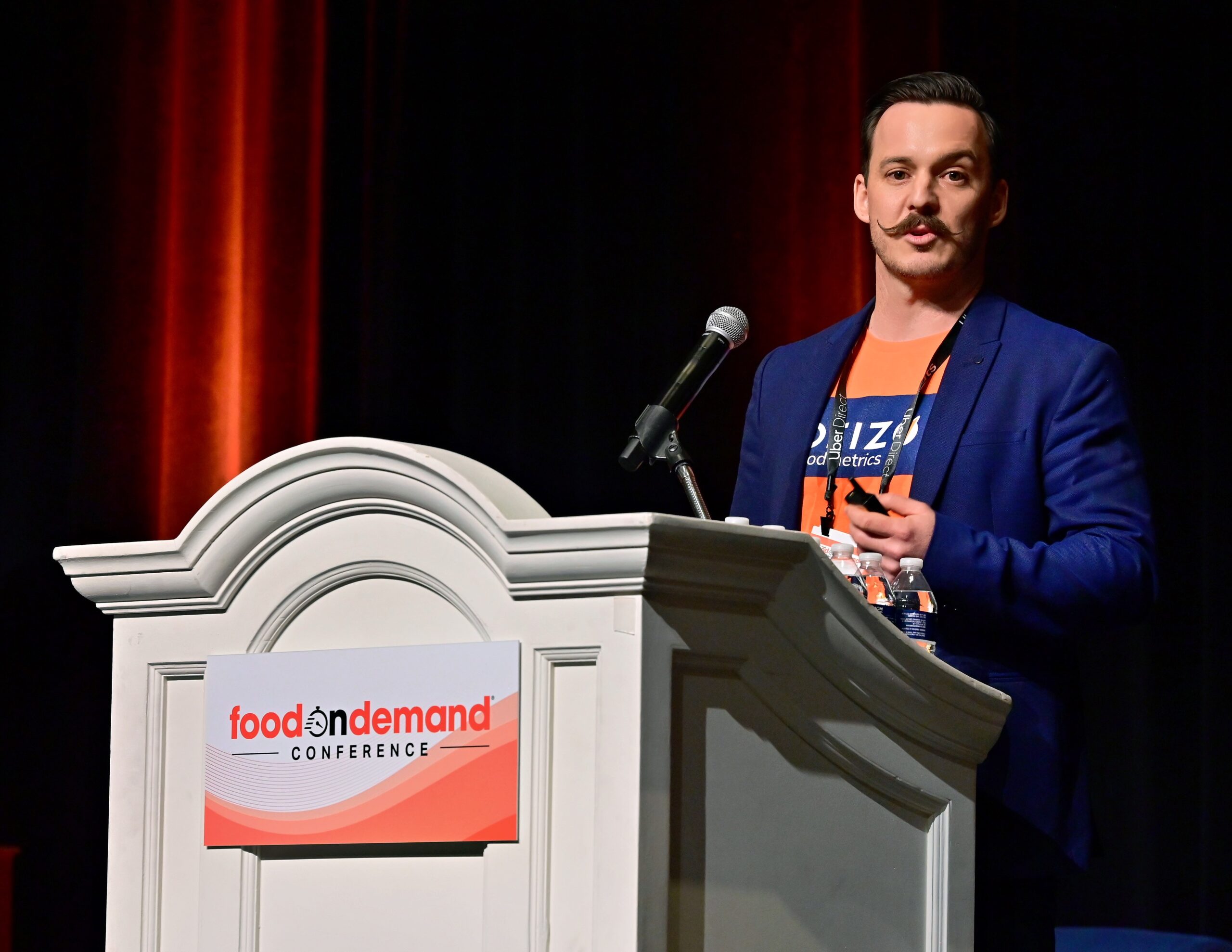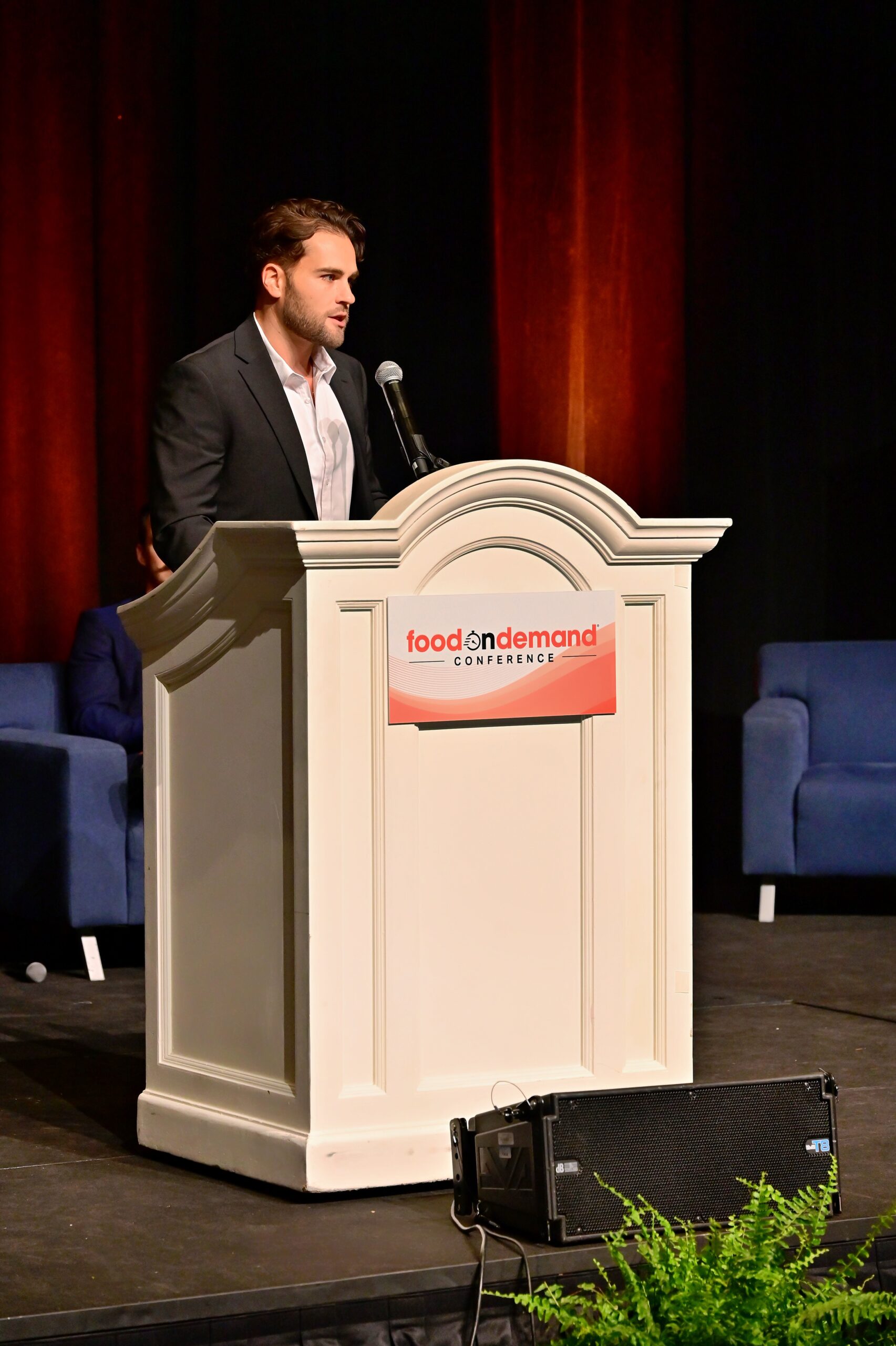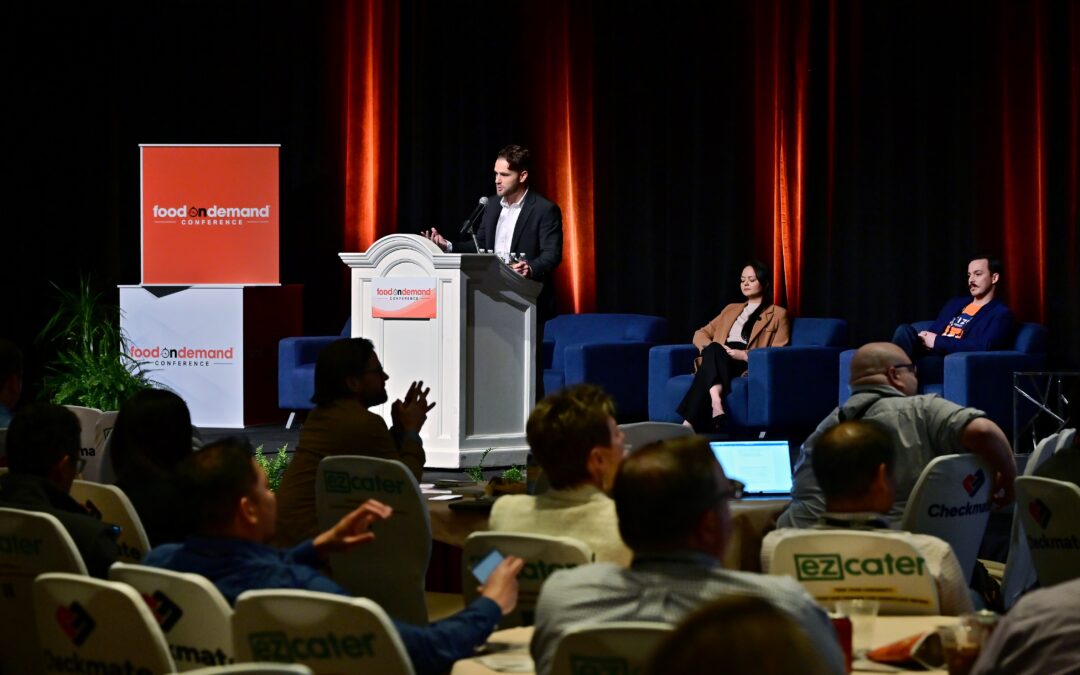Inflation may be causing some consumers to rethink ordering delivery, but the trends of using third-party applications to get food from restaurants isn’t in any decline.
During a panel at last week’s Food on Demand Conference, Medallia Head of Research Insights Andrew Custage said from their research, two-thirds of customers say inflation has caused them to be more hesitant when ordering food. However, there has been some habits formed since the pandemic.
“There’s a sizable percent of consumers that say ‘even though inflation has caused prices to increase, I still get restaurant food as often as before,” Custage said. “A lot of those conveniences and habit forming that happened over the last five years seems to be here to stay.”
Custage added that it’s not just because of increased menu prices that show a healthy market for third-party delivery services, either. With DoorDash, for example, Custage said check sizes are up only slightly, and that it’s the transaction volume that has sustained year-over-year growth.
Mike Provencher, head of customer success at Brizo FoodMetrics, was also part of the discussion and was able to share how widespread delivery and takeout is across the industry, and what type of establishments are using the options.

Mike Provencher, Brizo FoodMetrics Head of Customer Success
For takeout, Provencher said that of the 1.9 million establishments Brizo tracks across the U.S., United Kingdom and Canada, 79 percent offer takeout, with 75 percent of independent restaurants offering the service and 86 percent of chains doing the same.
Delivery is lower, Provencher said, with 65 percent of the establishments utilizing the option. The lower figure is mainly driven by just 57 percent of independent restaurants utilizing delivery, with many still leaning toward in-house dining, while chains were at 82 percent.
Panel attendees also learned about industry demographics, and how they’re shifting based on generation when it comes to getting food. In its latest research, Custage said Medallia found 28 percent of Gen Z said delivery was their favorite method of getting food from restaurants, compared to Millennials at 25 percent, Gen X at 21 percent and Baby Boomers at 13 percent.
What food consumers are ordering was stated by Provencher, who broke down the most popular items on menus from recent customer tracking.
“We found that at independent restaurants, fried rice is the No. 1 option, followed by chicken wings and wraps,” Provencher said. “Then at chains, chicken sandwiches, cheeseburgers and wraps are most popular.”
DSP market share and dynamic pricing’s future
When it comes to which third-party delivery service provider is leading the charge, DoorDash is No. 1, ahead of Uber Eats and GrubHub.
“The market share shift has persisted over the last three years,” Custage said. “It’s been more of the same over the last year, too. DoorDash first took a lead over GrubHub about four years ago and it’s continued to chip away more and more.”
Custage said DoorDash has more than 60 percent of the market share among the three. While it appears to somewhat have plateaued there, Custage said it still has a commanding lead and that comes at GrubHub’s expense.
“It’s a combination of a couple of things,” Custage said. “A strong performance in geographies where DoorDash has historically had an advantage, not giving up any ground there, and then their capture of the market share in regions where GrubHub was once stronger.”

Andrew Custage, Medallia Head of Research Insights
Regardless of what DSP customers use, the prospect of restaurants implementing dynamic pricing gets a mixed response. Custage said the perception of the concept varies in how it’s described to the customer, though.
“When we described it as being a system where pricing can change at different times of the day by how busy restaurants are, and start with how pricing can be lower and then acknowledging it can be higher, 63 percent of people were comfortable with the idea,” Custage said. “However, when it’s described where pricing changes rapidly and showing prices could be higher before they turn lower, favorability drops to 33 percent.”
Research from Medallia did find that when dynamic pricing is implemented, consumers are most comfortable with a 20 percent swing. Custage gave an example of a $10 sandwich and said customers would find it favorable if the price went down to $8 or up to $12 depending on the demand.
As the concept becomes more known, Custage said it will be important for brands to manage the language and terminology when messaging to consumers to ensure they have a comfortable understanding.


